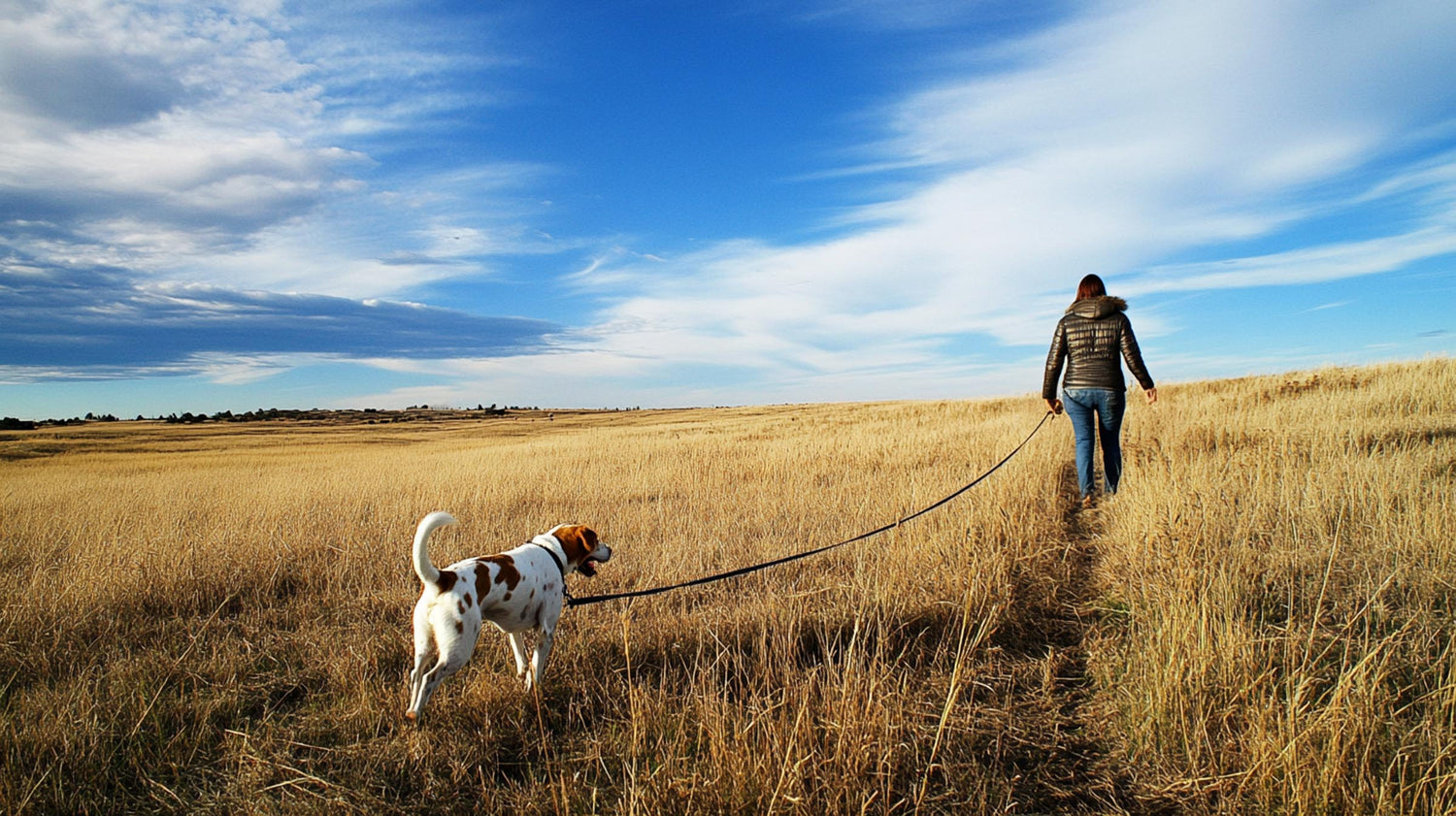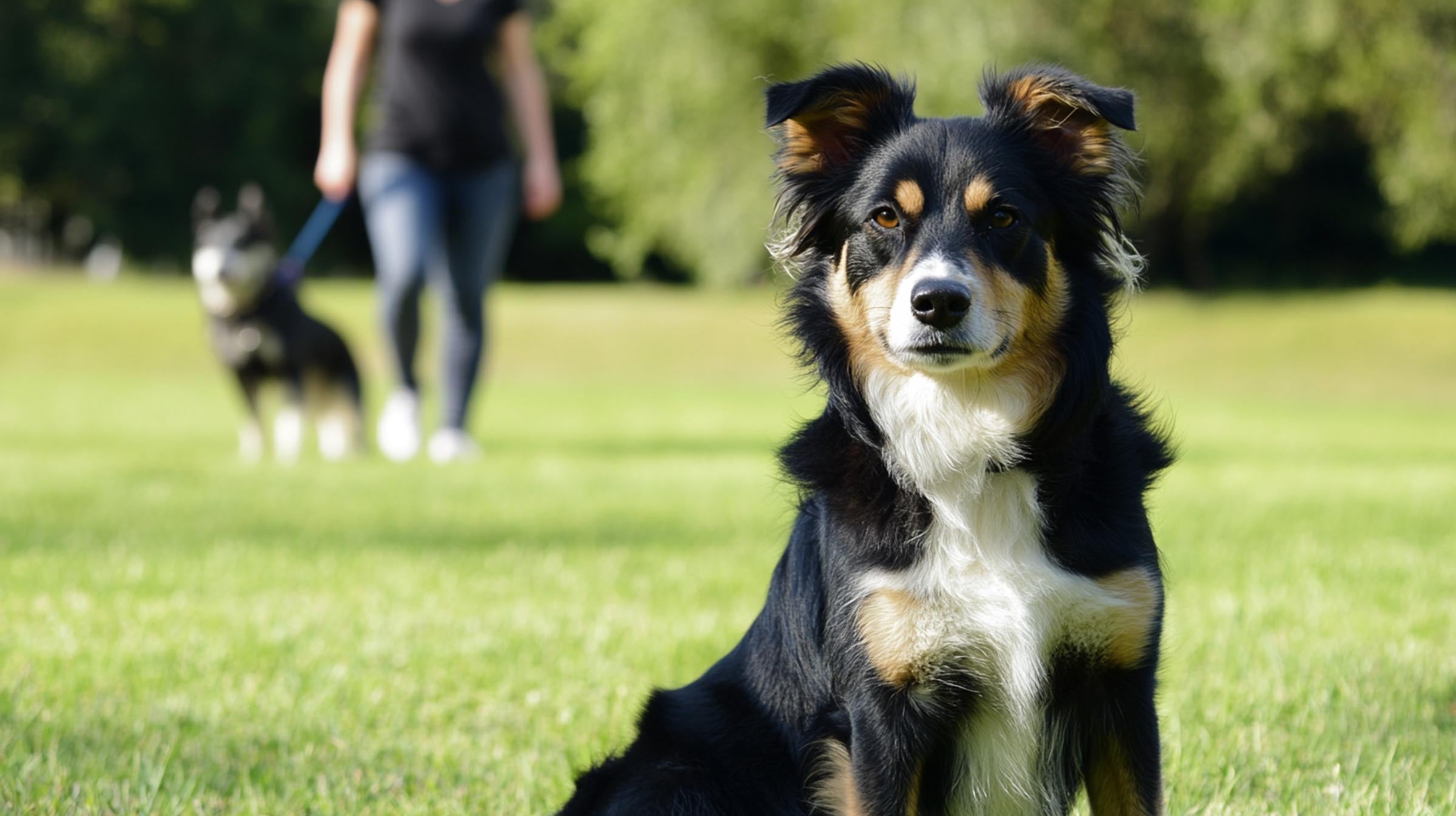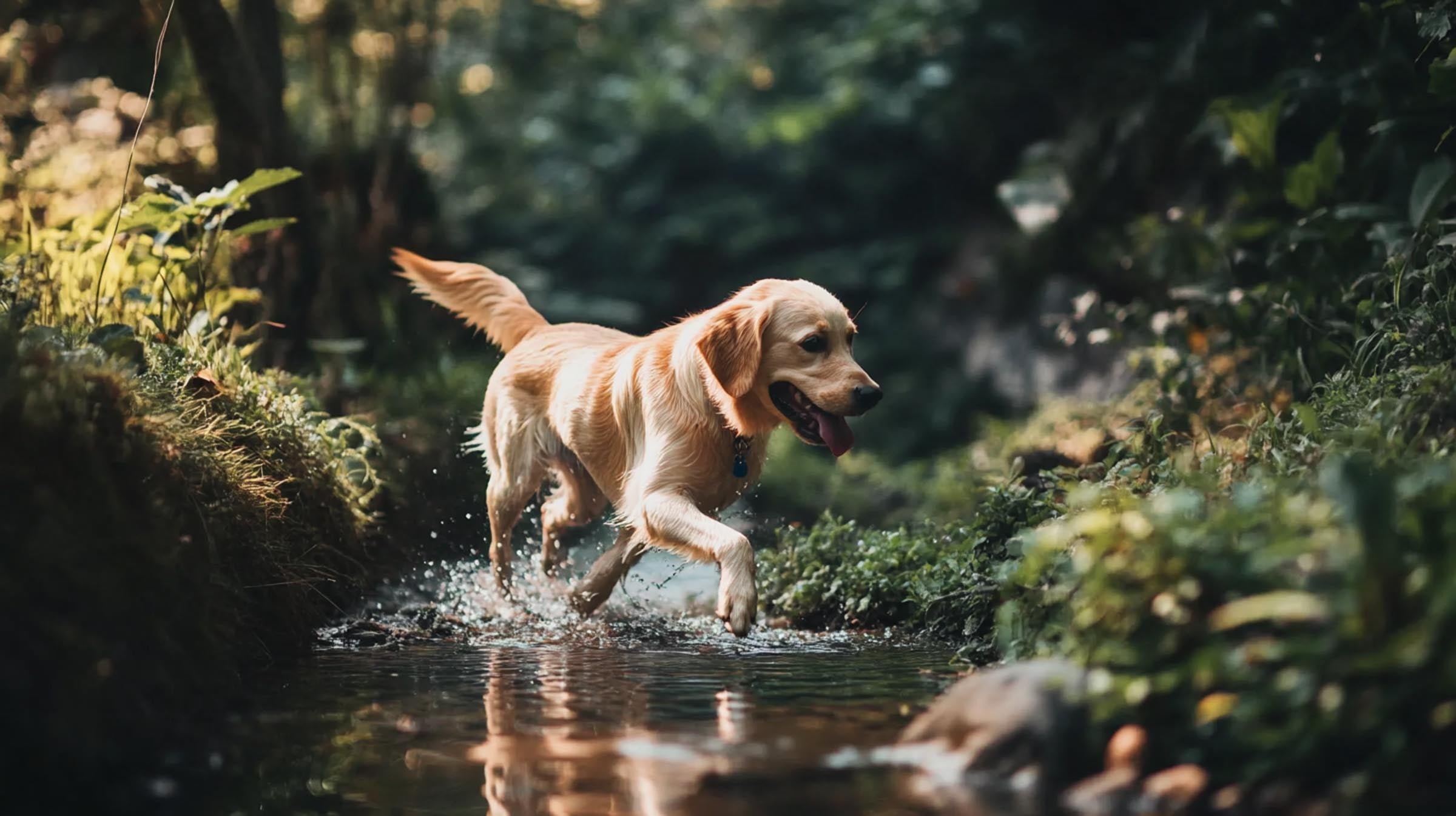A long leash, often referred to as a long line, allows your dog to explore and gain independence while keeping them safely under your control. This method is excellent for reinforcing recall and other commands from a distance, making it an essential tool in preparing your dog for off-leash activities. By following the right techniques and a progressive approach, you can ensure your dog’s safety and responsiveness as they transition to off-leash freedom.
Summary
- Start with a long leash to give your dog controlled freedom while practising recall.
- Use proper leash-handling techniques to avoid injuries and tangling.
- Gradually reduce leash length as your dog becomes more responsive.
- Handle situations where your dog ignores commands calmly, reinforcing positive behaviours with rewards.
- Always practise in varied environments and introduce distractions slowly for better training results.
The Value of a Long Leash
Starting with a long leash provides your dog with a sense of freedom while maintaining control. It acts as a safety net, letting you guide them back when needed, without the risks of letting them roam fully off-leash from the start.
- Safety net: A long leash allows you to control your dog from a distance, preventing them from getting into dangerous situations.
- Recall practice: By giving your dog room to explore, you can practise recall commands while maintaining control.
- Confidence building: It helps your dog gain confidence in moving away from you, knowing they are still connected to you for safety.
Tip: Start with short practice sessions in low-distraction environments before progressing to more stimulating areas.
Using a Long Leash for Recall Training
Recall is one of the most important commands for a dog to learn, especially when off leash. The long leash allows you to practise recall from a distance, reinforcing the behaviour without losing control.
- Vary distances: Practise calling your dog from various distances, increasing the challenge as they become more responsive.
- Immediate rewards: Reward your dog with treats, praise, or toys as soon as they return, reinforcing the behaviour.
- Practice in new environments: Gradually introduce your dog to new locations with different distractions to make recall stronger.
Tip: Start with a high-value reward, such as your dog’s favourite treat, to make returning to you the most exciting option.
Proper Long Leash-Handling Techniques
Handling a long leash requires specific techniques to avoid injury and ensure smooth training sessions. A long leash can easily become tangled or difficult to manage if not used properly.
- Avoid wrapping the leash: Never wrap the leash around your wrist or hand to avoid injury if your dog pulls unexpectedly.
- Let it drag: Let the leash drag behind your dog to minimise tangling.
- Stay aware of obstacles: Be mindful of potential obstacles like trees or benches that the leash could get caught on.
Gradual Off-Leash Training
The goal of using a long leash is often to eventually transition your dog to off-leash freedom. To achieve this, follow a step-by-step leash-shortening process that gradually reduces your dog’s reliance on the leash while maintaining their responsiveness to commands.
- Start with 20-30 feet: Begin with a long leash to give your dog ample room to explore while practising recall.
- Shorten to 15 feet: As your dog becomes more responsive, reduce the leash length to help them focus more on you while still enjoying some freedom.
- Drop the leash: Let your dog drag the leash behind them during training sessions, creating a sense of off-leash freedom while keeping control in case of emergencies.
Tip: Transition gradually—never rush to off-leash practice until your dog reliably responds to commands with the leash dropped.
Handling Situations When Your Dog Ignores Commands
It’s common for dogs to get distracted, especially when practising in more challenging environments. If your dog starts ignoring commands, it’s crucial to stay calm and re-engage their focus without using punishment.
- Re-engage your dog’s focus: Use an upbeat tone to call your dog’s name, avoiding the urge to repeat the command multiple times.
- Slowly reel in the leash: If your dog doesn’t respond, calmly reel them in while keeping your energy positive and assertive.
- Reset command: Use a “sit” or “stay” command to reset their focus and help them regain self-control.
- Increase rewards: Use higher-value treats or toys to make the correct behaviour more rewarding than the distractions around them.
Tip: If distractions are too overwhelming, reduce their intensity and gradually reintroduce them as your dog improves.
Be Patient and Consistent in Long Leash Training
Successful long leash training takes time and patience. Each dog progresses at its own pace, and consistency is key in building reliable off-leash behaviour. Rushing through the process can lead to setbacks.
- Start in low-distraction areas: Begin training in quiet environments to help your dog focus on learning.
- Gradually introduce distractions: Slowly increase the difficulty by introducing new locations, sounds, and other animals.
- Practise short, daily sessions: Consistent, manageable sessions will reinforce good behaviour without overwhelming your dog.
- Always reward positive behaviour: Reinforce your dog’s successes with immediate praise, treats, or play to strengthen the connection between commands and rewards.
Tip: Avoid pushing your dog too hard. If they’re struggling, take a step back and review basics before moving forward.
Choosing the Right Long Leash
Selecting the perfect long leash is essential for smooth off-leash training, especially since it will drag on the ground and be exposed to various elements. Durability, cleanliness, and water resistance are key factors to consider, as the leash will endure more wear and tear than a regular leash.
- Durable materials for ground dragging: Long leashes will frequently drag on dirt, rocks, and other rough surfaces. Look for tough, durable materials like nylon that can handle the abrasions and won’t fray easily.
- Water-resistant and quick-dry: Your leash will likely get wet from dewy grass, rain, or water during outdoor training sessions. A water-resistant or quick-drying leash ensures that it doesn’t become soggy or heavy, keeping it comfortable to use in all weather conditions.
- Lightweight: Even though the leash should be durable, it’s important to choose a lightweight option that won’t weigh down your dog or become cumbersome for you to handle.
- Easy to clean: Since the leash will come into contact with dirt and mud, opt for materials that are easy to wipe down or machine-wash.
- Optimal length: A leash that’s 5-10 metres or 20-30 feet long gives your dog room to roam while maintaining your control. This length is ideal for practising recall and off-leash behaviour in varied environments.
Conclusion
Using a long leash is an effective way to transition your dog to off-leash freedom while maintaining control and reinforcing good behaviour. Start with a long leash to build recall, use proper leash-handling techniques, and gradually reduce the leash length as your dog becomes more responsive. By following these steps, you’ll help your dog safely and confidently progress towards full off-leash independence.




Leave a comment
This site is protected by hCaptcha and the hCaptcha Privacy Policy and Terms of Service apply.